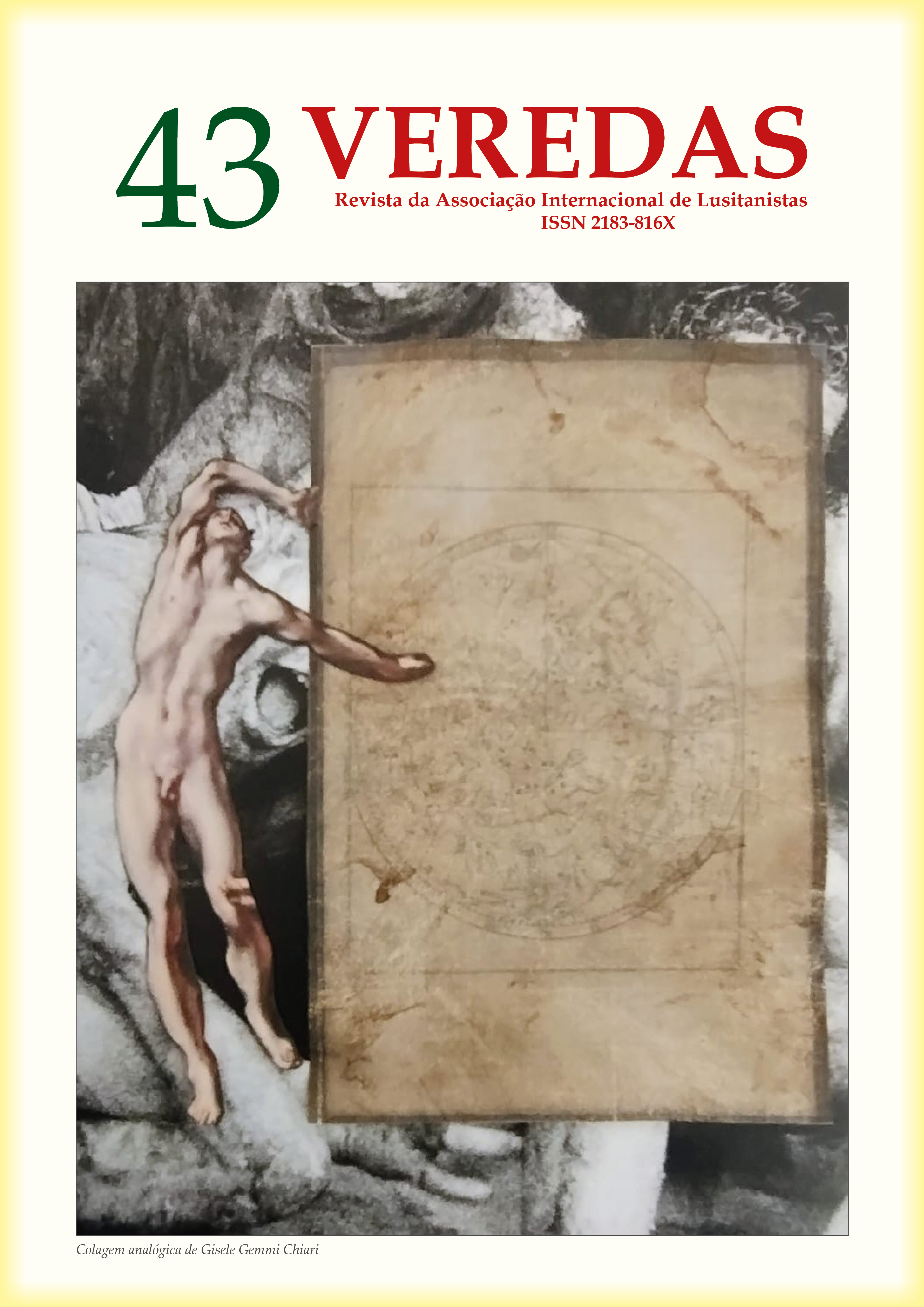Abstract
This study aims to analyze the intricate network of themes and symbolism present in the collection The Isle of Circe, and the marks of insularity connecting Correia to other (insular) authors. The homonymous novel also explores lycanthropy, associating it with the figure of Circe, whose transformative power is similar to that of Matilde. It is also of interest to understand how the narrative reflects Correia’s social and political critique, alluding to the short story “United Nations” where violence and dehumanization are explored. The feminine role is also highlighted through the character Matilde, who challenges norms and possesses a staggering power that enhances a new social dynamic.
References
AGÊNCIA LUSA. Exposição com obras de 30 artistas plásticos homenageia Natália Correia em Paris. O Observador, Lisboa, 2024. Disponível em: https://observador.pt/2023/08/28/exposicao-com-obras-de-30-artistas-plasticos-homenageia-natalia-correia-em-paris/. Acesso em: 15 abr. 2024.
ALMEIDA, Onésimo Teotónio. Açores, Açorianos, Açorianidade: um espaço cultural. 2. ed. Angra do Heroísmo: Instituto Açoriano de Cultura, 2011.
AMERICAN PSYCHIATRIC ASSOCIATION. Diagnostic and statistical manual of mental disorders. Washington DC. DSM-IV-TR. 4th ed. Washington: American Psychiatric Publishing, 2000.
BARKER, Wright. Circe (1889). Disponível em: https://artuk.org/discover/artworks/circe-23017. Acesso em: 11 maio 2024.
CHEVALIER, Jean; GHEERBRANT, Alain. Dicionário dos símbolos. Lisboa: Teorema, 2010.
CIXOUS, Hélène. Le rire de la Meduse. Paris: Galilée, 2010.
CORREIA, Natália. A ilha de Circe. Lisboa: Publicações Dom Quixote, 1983.
CORREIA, Natália. Sonetos românticos. Lisboa: Publicações Dom Quixote, 2010.
CORREIA, Natália. A Madona. Lisboa: editorial Notícias, 1968.
DELEUZE, Gilles; GUATTARI, Félix. Mille plateaux: capitalisme et schizophrénie 2. Paris: Les Éditions de Minuit, 1980.
ELIADE, Mircea. Imagens e símbolos: ensaios sobre o simbolismo mítico e religioso. Tradução de Maria Lúcia Lepecki. Lisboa: Edições 70, 2002.
GLUCK, Louise. Meadowlands. Lisboa: Relógio d´Água, 2022.
HOMERO. Odisseia. Tradução de Frederico Lourenço. Lisboa: Quetzal, 2018.
JUNG, Carl. Os Arquétipos e o inconsciente coletivo. Tradução de Maria Luísa Ribeiro Ferreira. Lisboa: Fundação Calouste Gulbenkian, 2000.
MARTINS, Filipa. O dever de deslumbrar. Lisboa: Contraponto, 2023.
MONTEIRO, Luís de Sttau. “O Amor”: série Pontos de vista, personalidade convidada: Natália Correia. 31 mar. 1984. Disponível em: https://arquivos.rtp.pt/conteudos/o-amor-2/. Acesso em: 3 maio 2024.
NEMÉSIO, Vitorino. Corsário das ilhas. Lisboa: Bertrand, 1983.
NEMÉSIO, Vitorino. Poesia. Lisboa: Imprensa Nacional Casa da Moeda, 1989 (Obras Completas, v. 2).
NIBLO, Fred. A dama das camélias (1921). Fotograma. Disponível em: https://www.imdb.com/title/tt0012027/mediaviewer/rm1727569665/. Acesso em: 10 abr. 2024.

This work is licensed under a Creative Commons Attribution 4.0 International License.
Copyright (c) 2025 Ana Cabete; Isa Severino

